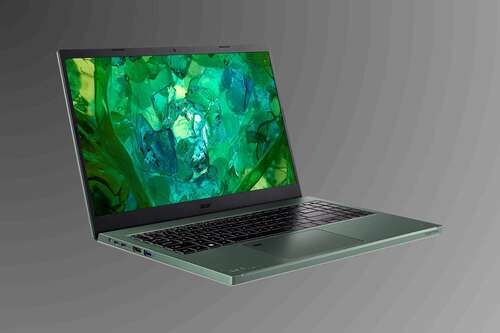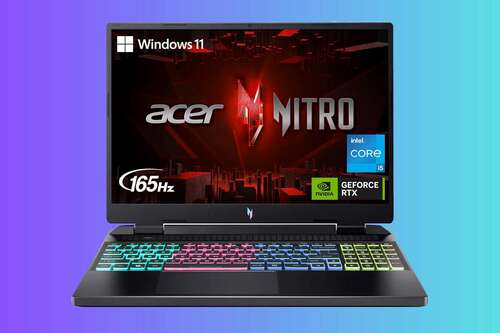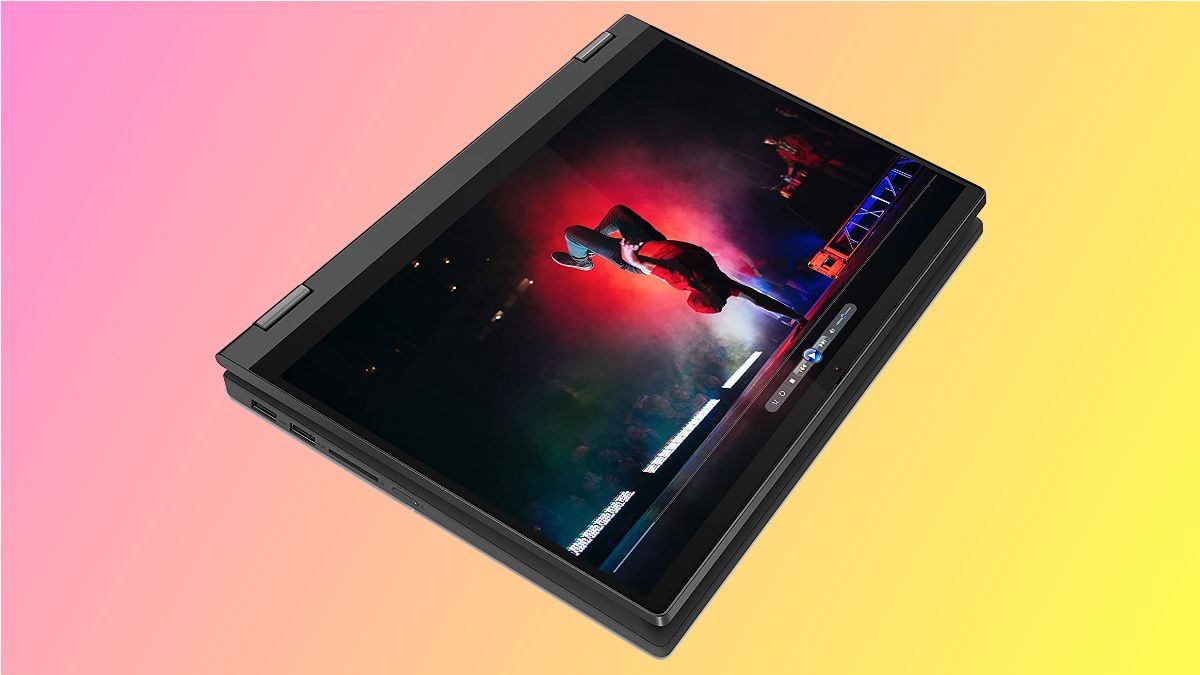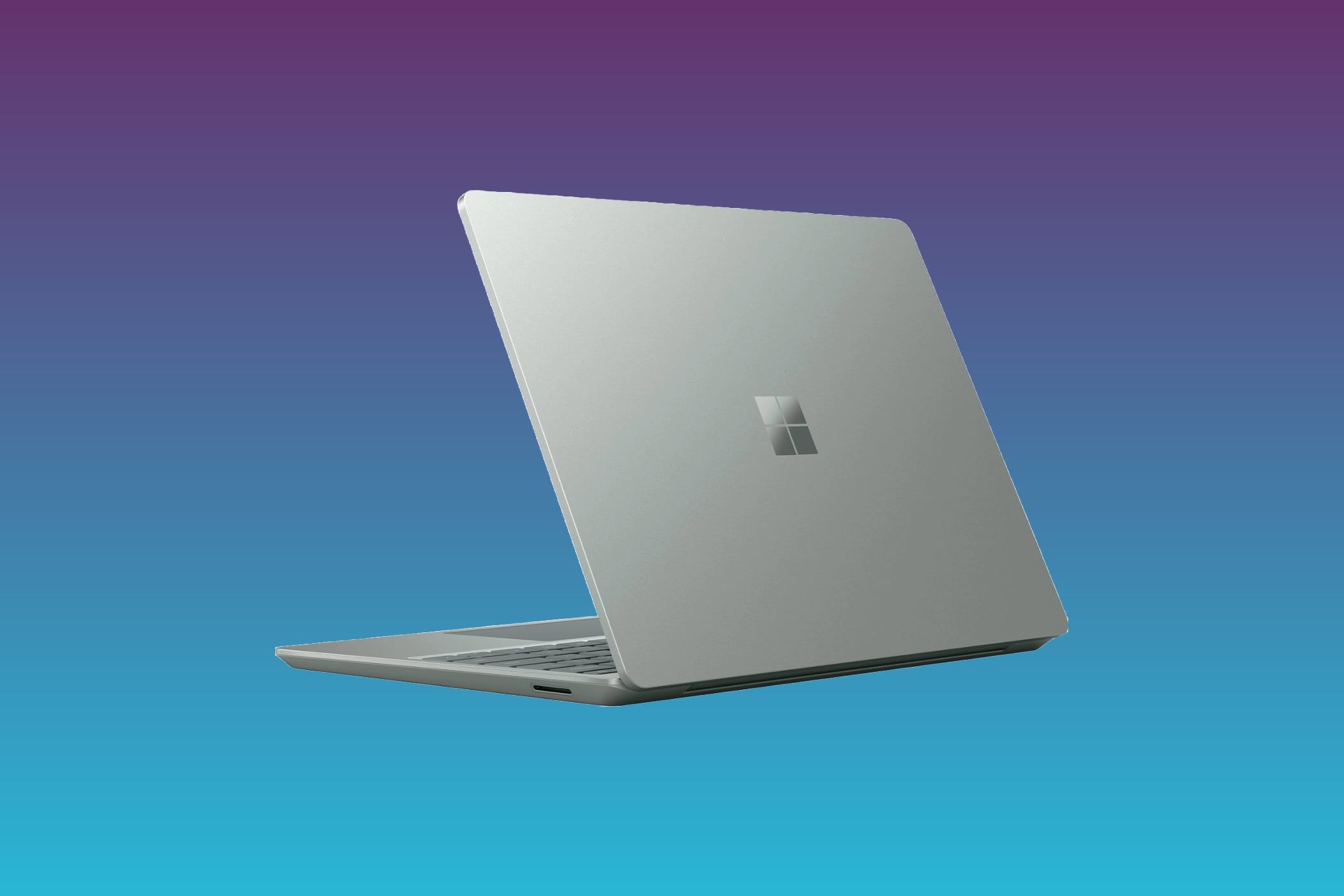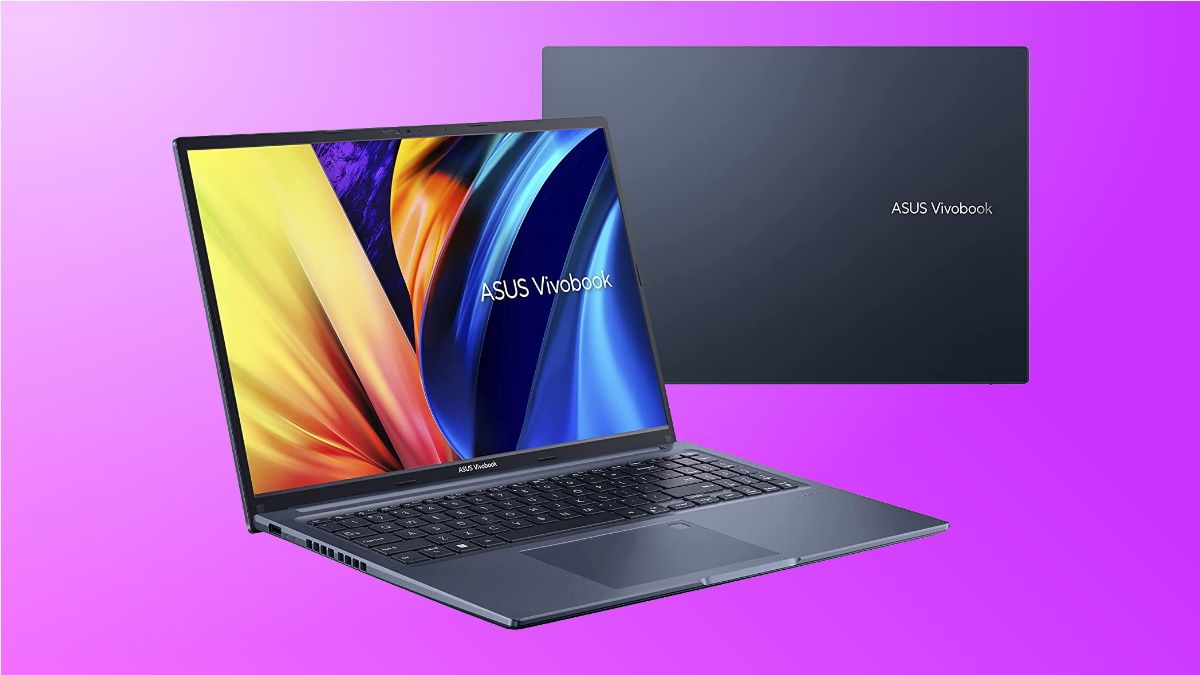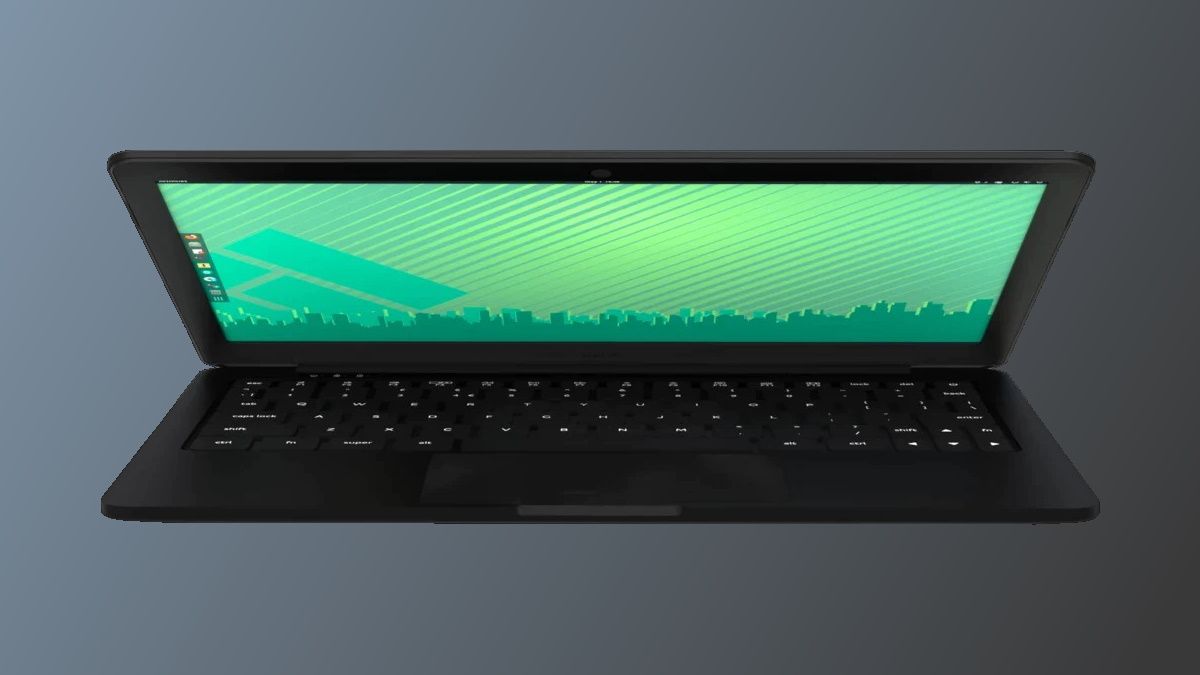When it comes to shopping for a budget laptop, sometimes you need to make some compromises, whether that comes from lower battery life, slower performance, or elsewhere. However, you can still get a fantastic budget laptop without sacrificing too much.
UPDATE: 10/19/2023
We’ve updated our buying guide with plenty of new and improved picks. Take a look!
What to Look For in a Budget Laptop in 2023
You can get an awesome laptop on a budget. It’s all about identifying your priorities: What is most important to you in a laptop, and what are you willing to compromise on?
For example, suppose you’re looking for an affordable workhorse or a gaming laptop. In that case, you should prioritize internal hardware specs while being ready to make trade-offs regarding battery life or the screen’s color saturation.
On the other hand, if you need a portable and compact device for carrying around and doing everyday tasks, powerful innards aren’t as crucial as a lightweight design, excellent battery life, and good build quality.
When discussing hardware to look for in a budget laptop, we recommend aiming for at least a newer Intel i3 or AMD Ryzen 3 CPU. If you have a higher budget, you should be able to snag a device sporting a faster processor, such as the Ryzen 5 5500U, Core i5-1130G7, or even something like the Core i7-1160G7.
Regarding memory, 8GB of RAM is the minimum you should aim for because it allows for proper multitasking and snappy navigation through the operating system. 16GB of memory is what we recommend for a workhorse laptop or a gaming device so that it can handle the increased workload.
For storage, if you rely on cloud-based storage and stream your music, movies, and TV shows, 128GB of internal storage should give you enough breathing room. But if you’re a gamer or someone who likes to have their favorite music or video content available locally, we wouldn’t go lower than 256GB of storage, unless you want to carry around an external hard drive.
If you’re a gamer looking for a gaming laptop, your primary target should be a device with an RTX 3060 and 16GB of memory. If those machines are out of your budget, pivot to the RTX 3050 Ti but keep aiming for a device with 16 gigs of memory.
One thing to know is that the most frequent corner cut by manufacturers in the budget laptop segment is the screen, with many devices coming with dim panels that feature slightly washed-out colors. If you need accurate colors on your display for your work, you may have to eat the cost of a non-budget laptop.
Finally, you should only look for a laptop with a 1080p resolution display. Devices sporting 768p or lower screens usually come with a plethora of downsides, and we don’t recommend them.
|
How Did We Research |
||
|
Models Evaluated |
Hours Researched |
Reviews Analyzed |
|
18 |
11 |
22 |
How-To Geek’s product recommendations come from the same team of experts that have helped people fix their gadgets over one billion times. We only recommend the best products based on our research and expertise. We never accept payment to endorse or review a product. Read More »
|
Pros |
Cons |
|---|---|
|
Great performance for the price |
Not the brightest display |
|
Plenty of onboard storage |
|
|
Good selection of ports |
|
|
Solid battery life |
There are plenty of budget laptops out there, but many of them don’t have the hardware for more than web browsing. If you’re looking for a budget laptop with the performance to handle heavier workloads, the Acer Aspire Vero is a perfect choice.
While many lower-priced laptops use i3 processors, the Aspire Vero features a 13th-generation Intel i5-1335U CPU. Acer backs this up with 8GB RAM and 512GB storage in the default configuration, which is more than enough for web browsing and productivity apps.
The screen is a roomy 15.6 inches with a resolution of 1920×1080. This is an IPS panel, but it’s worth noting that it’s not a touchscreen, so if that’s a dealbreaker for you, check out our best budget touchscreen option. The brightness is 300 nits, which isn’t the brightest but isn’t bad, especially considering the price.
While the trend with some budget laptops is to cut down on ports, Acer hasn’t done that here. This model features a pair of Thunderbolt 4 ports, as well as an HDMI 2.1 port and a pair of USB-A ports. Battery life is rated at a maximum of 8.5 hours.
Considering everything you get for the price, the Acer Aspire Vero is worth paying a little extra for, even considering the few downsides.
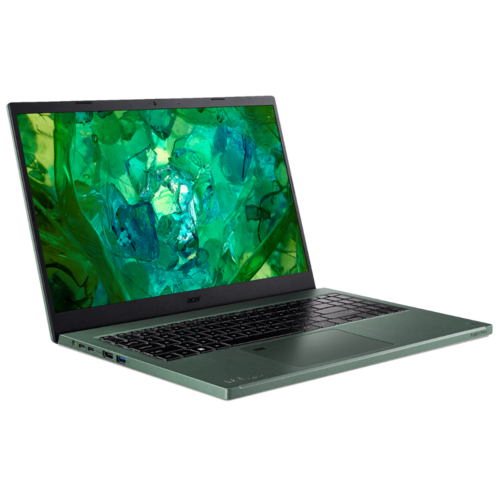

Acer Aspire Vero
Best Budget Laptop Overall
The Acer Aspire Vero isn’t the cheapest budget notebook, but you get computing power that counts for the extra money. If you’re looking to spend a little on a laptop that will last you a long time, this is a great choice.
|
Pros |
Cons |
|---|---|
|
Great performance for the price |
Sound is lacking |
|
DLSS 3 makes a big difference in some games |
|
|
Above-average battery life |
|
|
165Hz display |
The very idea of a gaming laptop used to mean you were making some pretty significant tradeoffs, but we’ve come a long way since then. Nowadays, even budget gaming laptops can pull off some amazing feats of performance, as evidenced by the Acer Nitro 16 Gaming Laptop.
Looking at the sheer hardware specs of the Nitro 16, it looks capable but not especially impressive. The configuration we’re looking at ships with an Intel i5-13500H CPU, an NVIDIA GeForce RTX 4050, 8GB RAM, and 512GB of storage.
But, the DLSS 3 in 40-series NVIDIA GPUs is impressive, bringing massive performance gains, and this is the trick up the Nitro 16’s sleeve. With this technology, you can get surprisingly high frame rates at high settings with ray tracing enabled, and it works wonderfully in games like Cyberpunk 2077.
The 16-inch screen is fairly bright and features a sharp resolution of 2560×1600. The screen also supports refresh rates up to 165Hz, so combined with the performance gains DLSS can bring, you’re looking at silky smooth performance on a budget.
This is the most basic configuration of the Nitro 16, but if you’re looking for more raw performance, you can buy it with higher-end CPU and GPU options via the Acer website.
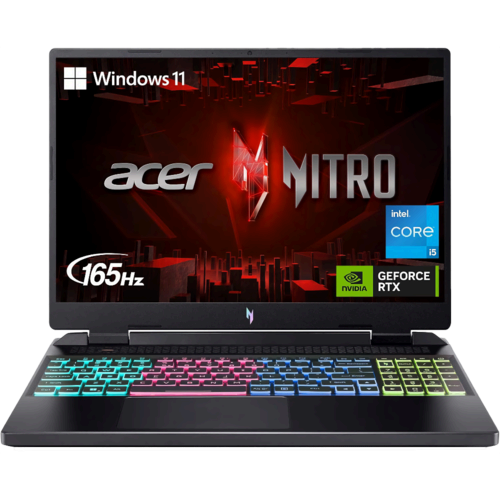

Acer Nitro 16 (2023)
Best Budget Laptop for Gaming
$950 $1200 Save $250
While it may not look so impressive on paper, the Acer Nitro 16 delivers fantastic gaming performance, even with the most affordable configuration. For modern games on a budget, there aren’t many better choices.
Best 2-in-1 Budget Laptop: Lenovo Flex 5
|
Pros |
Cons |
|---|---|
|
Powerful hardware |
Screen could’ve been brighter |
|
Superb portability |
Average build quality |
|
Excellent touchscreen capability |
|
|
Comfortable keyboard |
The Lenovo Flex 5 is the king of budget 2-in-1 laptops that offers an unbeatable overall package for a price that’s easier to digest than its competitors. Its hardware is top-notch for the price, featuring the AMD Ryzen 5 5500U CPU, 16GB of DDR4 memory, and a 256GB SSD.
The screen’s a bit dull, which isn’t great for a 2-in-1 device. However, the competition also offers 2-in-1 budget devices with similarly dingy screens that, unlike the Flex 5, aren’t coupled with 16GB of memory or a CPU as powerful as the Ryzen 5500U.
On the flip side, the screen’s touch capability is great. Navigating the operating system is delightful, thanks to excellent precision and fast response time. There’s also support for the Lenovo stylus if you don’t like cleaning the screen from fingerprints every five minutes.
Another plus for this budget 2-in-1 laptop is superb portability thanks to the lightweight design and slim body. Luckily, the keyboard and battery life weren’t victims of slimming down the chassis. Both are excellent for a budget 2-in-1 device, especially battery life, which can stretch up to 10 hours under light load.
Aside from the dim screen, Lenovo has cut corners regarding the webcam and microphone, as well as the build quality, which is average. Still, even with these downsides, the Lenovo Flex 5 14 is an excellent budget 2-in-1 laptop.
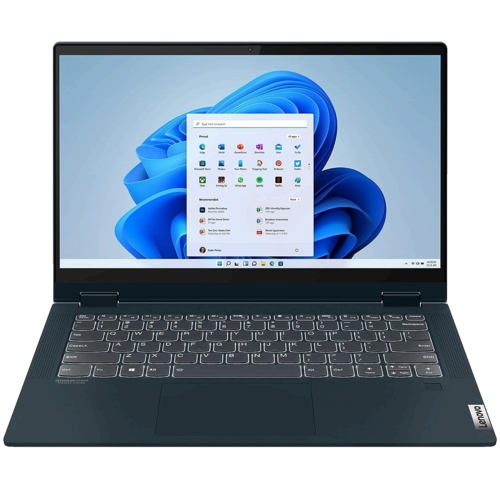

Lenovo Flex 5
Best 2-in-1 Budget Laptop
The Lenovo Flex 5 is a snappy 2-in-1 laptop that beats competitors when it comes to hardware specs with a highly enjoyable keyboard to boot. Its screen isn’t the best in the world but the touch screen experience is enjoyable enough to redeem its less than ideal maximum brightness.
|
Pros |
Cons |
|---|---|
|
Sharp screen at this size |
Port selection is still too small |
|
Solid performance for work or school use |
|
|
Fantastic build quality for the price |
While they don’t quite reach the hardware and software synergy of Apple’s offerings, Microsoft’s Surface line of laptops are some of the best Windows laptops you can buy. The Surface Go line represents the most affordable, but the Microsoft Surface Laptop Go 3 proves that these ultra-flexible models are more than meets the eye.
As the name implies, the Surface Laptop Go line is meant to be eminently portable, so this model uses a smaller 12.4-inch screen. This uses a 3:2 aspect ratio with a resolution of 1536 x 1024, a perfect screen for viewing and editing documents. This is also a touchscreen, which you may not expect, given the form factor.
While this is the newest Surface Laptop Go model, it’s not as new as some other models we’re looking at, as it has a 12-generation Intel i5-1235U CPU instead of a 13th-gen model. That’s still plenty of performance for the price, especially combined with the 8GB RAM and 256GB SSD.
The CPU and RAM mean this is perfect for using Microsoft Office apps or their web equivalents, as well as basic photo and even video editing. If you’re going to be doing any heavy-duty image or video editing work, you’re probably better off going with another option, like our budget gaming pick.
When it comes to configurations, you’re not able to buy the Surface Laptop Go 3 with extra storage, but you can buy a model with 16GB RAM for even more spreadsheet-crunching power.
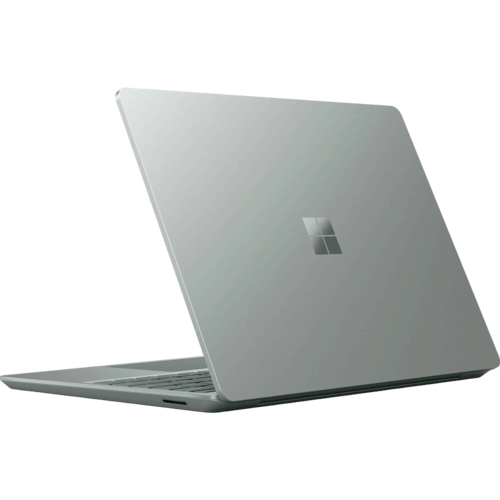

Microsoft Surface Laptop Go 3
Best Touch Screen Budget Laptop
The Microsoft Surface Laptop Go 3 may be the company’s most affordable laptop, but you wouldn’t think that from the build quality, and the performance is impressive as well.
|
Pros |
Cons |
|---|---|
|
Potent hardware, especially the CPU |
The screen’s not great regarding colors and max brightness |
|
Big, 16:10 display |
|
|
512GB PCIe 3.0 NVMe SSD |
|
|
Comfortable keyboard |
The ASUS VivoBook 16X is built for students on a budget planning to use the device they purchase for a long time.
The AMD Ryzen 5600H CPU is a tad old but still a performance beast—a well-rounded choice for using CAD programs or compiling code. You’ve also got 16GB of DDR4 memory. That’s not a perfect amount of memory for the aforementioned scenarios, but enough to get you through most projects.
The rest of the package is solid for the price. This includes a comfortable keyboard, serviceable touchpad, and okay build quality. The screen’s not that great in color and brightness, but its 16-inch size and 16:10 aspect ratio are pretty handy for writing essays or combing through Google Scholar.
Connectivity options are solid, as are the battery life and build quality—nothing to write home about but, overall, more than good enough for the price. If you’re a student who likes to keep every file on local storage and needs a fast SSD, you’ll be delighted to hear that under the hood, you’ve got a 512GB PCIe 3.0 NVMe SSD that’s pretty snappy for a budget device.
The ASUS VivoBook 16X is a workhorse of a laptop that excels at the performance you get for the price. Other parts of the equation are far from great but good enough for most students.
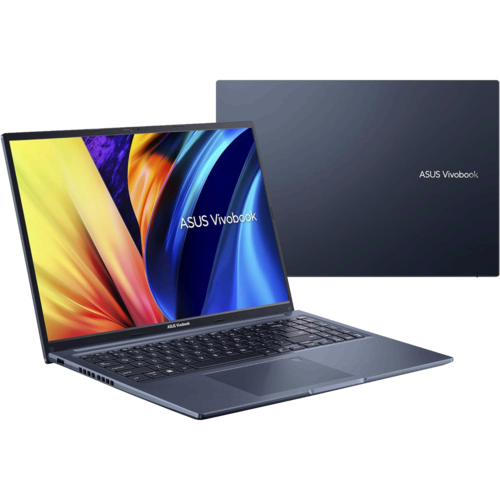

ASUS VivoBook 16X
Best Budget Laptop for Students
A workhorse of a laptop with unbeatable CPU for the price, more than a decent keyboard, and large, 16-inch screen, the ASUS VivoBook 16X is the right thing for every student on a budget.
|
Pros |
Cons |
|---|---|
|
✓ A lot of laptop for the money |
✗ Tepid CPU |
|
✓ Open warranty |
✗ Micro HDMI port |
|
✓ Open Source BIOS option |
|
|
✓ Wide selection of Linux distros to choose from |
|
|
✓ 65W GaN Charger & USB-C charging support |
If you’re a Linux person looking for a budget laptop, we recommend checking out the Star Labs StarLite 11. This is a portable PC with meek hardware but lots of potential.
While you’re limited to the less-than-ideal Intel Pentium N5030 and 8GB of DDR4 memory, you can upgrade its 256GB base SSD to a 480GB or 960GB unit and still stay deep inside the budget territory.
We like that Starlab Systems offers not only six different Linux flavors, including Ubuntu, Mint, and Manjaro, but also a choice between American Megatrends and coreboot BIOS. The latter is a perfect, open-source choice for Linux fans.
Other welcome surprises on this budget laptop include an aluminum-made chassis, a minuscule 65W GaN charger, a glass trackpad, USB-C charging, and a Micro SD slot. On the flip side, you’re limited to a Micro HDMI port, which is a shame.
Overall, the Star Labs StarLite 11 is, aside from its mediocre CPU and Micro HDMI port, a well-rounded budget Linux laptop that should satisfy the needs of most budget-oriented Linux users.
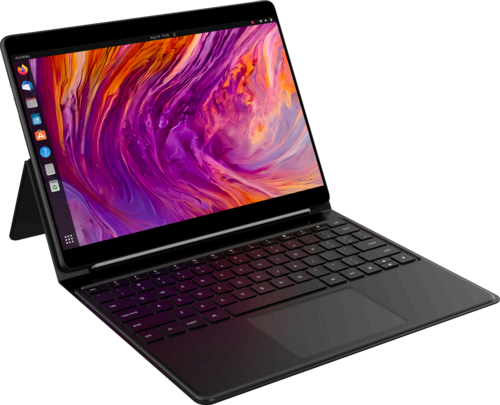

Star Labs StarLite 11-inch
Best Budget Linux Laptop
The CPU here is a bit disappointing but everything else is outstanding for the price. From a wide selection of Linux distros to the 65W GaN charger, to an open source BIOS option, the StarLite 11 is a compact winner for Linux fans on a budget.
FAQ
How much RAM does a laptop need?
While 4 gigabytes of memory is a bare minimum for a modern laptop, we recommend avoiding those laptops unless you can’t stretch your budget enough to afford a device with at least 8GB of memory.
How much storage space does a laptop need?
For a Chromebook running the web-based Chrome OS, even 64 gigabytes of internal storage can be enough for most users. But a Windows or Mac device should have at least 128GB of storage space.
What price range is best for a budget laptop?
You can find a solid budget laptop for around $500. If you need more than 8GB of memory, a roomy 512GB SSD, or a bright screen with vivid colors, you should aim for devices costing around $700-$800.
Gamers can find a budget laptop for $1000 or a bit less but in that case, be ready for significant compromises regarding every piece of hardware. Trade-offs include only 8GB of memory, a measly 256GB SSD, or a dim screen with noticeable ghosting and washed-out colors.
How do I connect a laptop to a TV or monitor?
The easiest way is to use an HDMI cable. Just hook it to your laptop’s HDMI port and then to the HDMI port of your monitor. If you don’t have an HDMI port on your monitor, look for HDMI adapters that can work with DisplayPort or DVI ports. If your laptop has a USB-C port with DisplayPort functionality or a Thunderbolt port, you can use a USB-C cable to connect the two.
How long do laptops last?
We don’t have a definitive answer to this question because numerous variables can affect laptop longevity. Assuming that the laptop in question doesn’t suffer from an irreparable issue at one point in its lifetime or isn’t a defective unit, it will last you as long as its performance is good enough for your needs.
How do I right-click on a laptop touchpad?
If you own a laptop with a good old trackpad with two physical buttons, press the right button to perform a right-click action. If your laptop has a touchpad with no discernible physical buttons, in most cases, you should click on the lower right portion of the touchpad to perform the right-click action.
